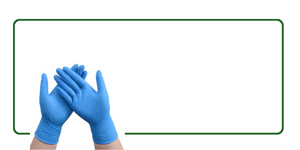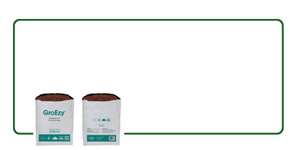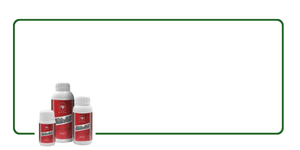
The patented Apogee chlorophyll concentration meter is the premium tool of choice among leading scientists and serious growers for accurately measuring and displaying chlorophyll concentration from intact leaf samples without damaging the plant material. It is calibrated to measure chlorophyll concentration in leaves with units of µmol of chlorophyll per m2. This eliminates problems with relative indices of chlorophyll concentration. For reference and comparison purposes, the meter also outputs relative units (CCI or SPAD).
The meter measures the ratio of radiation transmittance from two wavelengths: red, which is strongly absorbed by chlorophyll, and near infrared, which is not absorbed by chlorophyll. Since the meter gauges the wavelengths, and does not rely on entering the leaf, users are able to make measurements non-destructively and nearly instantaneously (measurement time is less than 3 seconds). This facilitates rapid measurement of multiple leaves and the monitoring of the same leaves over time.
The meter measures the relative chlorophyll concentration over an area of approximately 64 mm2 (circle with 9 mm diameter). A field of view reducer is included to reduce the sampling area to approximately 20 mm2 (circle with 5 mm diameter) for leaves narrower than 9 mm.
| Specifications | |
|---|---|
| Display Output Unit | µmol of chlorophyll per m² of leaf surface |
| Measurement Area | 63.6 mm² (9 mm standard diameter), 19.6 mm² (5 mm diameter with reducer) |
| Storage Capacity | 8 MB for up to 160,000 data measurements 94,000 data measurements with GPS data entries |
| User Interface | 50 mm by 15 mm graphic display screen, 8 push buttons for control and data manipulation |
| Power Requirement | Standard 9 V DC alkaline battery |
The patented Apogee chlorophyll concentration meter is the premium tool of choice among leading scientists and serious growers for accurately measuring and displaying chlorophyll concentration from intact leaf samples without damaging the plant material. It is calibrated to measure chlorophyll concentration in leaves with units of µmol of chlorophyll per m2. This eliminates problems with relative indices of chlorophyll concentration. For reference and comparison purposes, the meter also outputs relative units (CCI or SPAD).
The meter measures the ratio of radiation transmittance from two wavelengths: red, which is strongly absorbed by chlorophyll, and near infrared, which is not absorbed by chlorophyll. Since the meter gauges the wavelengths, and does not rely on entering the leaf, users are able to make measurements non-destructively and nearly instantaneously (measurement time is less than 3 seconds). This facilitates rapid measurement of multiple leaves and the monitoring of the same leaves over time.
The meter measures the relative chlorophyll concentration over an area of approximately 64 mm2 (circle with 9 mm diameter). A field of view reducer is included to reduce the sampling area to approximately 20 mm2 (circle with 5 mm diameter) for leaves narrower than 9 mm.
| Specifications | |
|---|---|
| Display Output Unit | µmol of chlorophyll per m² of leaf surface |
| Measurement Area | 63.6 mm² (9 mm standard diameter), 19.6 mm² (5 mm diameter with reducer) |
| Storage Capacity | 8 MB for up to 160,000 data measurements 94,000 data measurements with GPS data entries |
| User Interface | 50 mm by 15 mm graphic display screen, 8 push buttons for control and data manipulation |
| Power Requirement | Standard 9 V DC alkaline battery |







